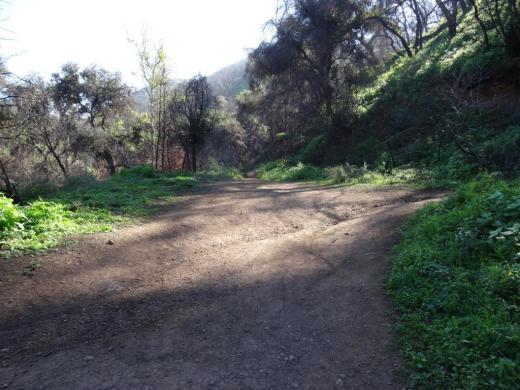Two Ventura County Cities Were Born on September 29, 1964!
/You wouldn't immediately know it looking at the headline of this September 30, 1964 issue of The Daily News, but the day before, residents in BOTH Camarillo and Thousand Oaks voted to incorporate their respective cities.
The article indicates that voters in Camarillo voted in favor of incorporation by a 5 to 1 margin, with 64% of the 3,745 registered voters turning in ballots. In the far right column, you'll see that with 10 of 18 precincts counted, 61% of 2,428 votes cast in Thousand Oaks were for incorporation. In Thousand Oaks they also voted on the name of the city...over 87% of votes cast said "yes" to the name Thousand Oaks.
Thanks to the Pleasant Valley Historical Society Museum in Camarillo for maintaining this and other local Ventura County history!























